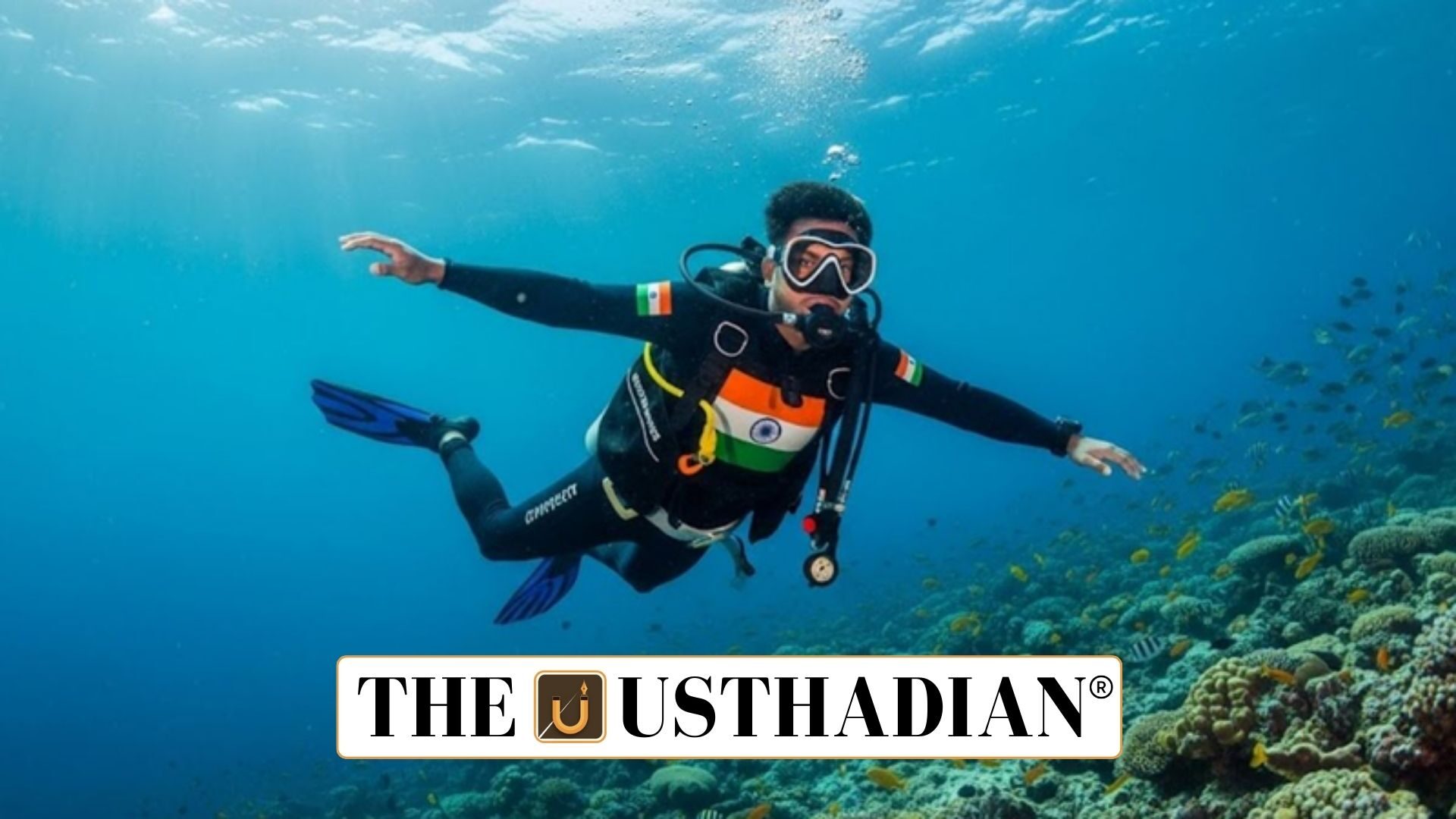Record human dive
India’s Historic 5,002m Deep Ocean Human Dive: India achieved a breakthrough in deep-sea exploration when an Indian aquanaut descended to 5,002 metres in the North Atlantic Ocean. This marks the deepest human dive by India and highlights the nation’s rising capability in extreme ocean research. The feat was completed in August 2025 during joint dives with France, setting a new milestone for India’s Deep Ocean Mission.
Achievements of Indian aquanauts
On August 5, 2025, Raju Ramesh, a scientist from the National Institute of Ocean Technology (NIOT), successfully reached 4,025 metres. The following day, Jatinder Pal Singh, a retired Navy Commander, descended to 5,002 metres, establishing India’s deepest manned dive record. Static GK fact: The first-ever manned deep-sea submersible dive was achieved by the bathyscaphe Trieste in 1960, which reached nearly 11,000 metres in the Mariana Trench.
Indo-French partnership
The dive was conducted using the French submersible Nautile, one of the most reliable manned submersibles in the world. This collaboration provided India with:
- Hands-on training in extreme underwater conditions
- Access to deep-ocean operational expertise
- A platform for strengthening bilateral ties in marine technology
Static GK Tip: France’s Nautile submersible, operated by IFREMER, has been in service since 1984 and has been used in Titanic wreck explorations.
Deep Ocean Mission and Samudrayaan
The Deep Ocean Mission is India’s flagship initiative to advance deep-sea technology, exploration, and resource utilization. A major component is the Samudrayaan Project, which focuses on developing Matsya 6000, an indigenous human-rated submersible.
- Matsya 6000 is being built for 6,000 metres depth capability
- Sea trials are expected by December 2027
- Objectives include exploration of minerals, biodiversity, and climate impacts
Static GK fact: India’s Exclusive Economic Zone (EEZ) covers over 2.3 million sq km, rich in resources like polymetallic nodules and rare-earth minerals.
Strategic and scientific importance
The dive is more than a symbolic achievement. It strengthens India’s position in global marine research and ensures access to critical ocean resources.
- Technological edge in submersible design and deep-ocean systems
- Resource security through exploration of hydrocarbons and minerals
- Global recognition, placing India alongside nations like the US, Russia, China, and France in manned ocean expeditions
- National pride, complementing India’s advances in both space and ocean frontiers
Static Usthadian Current Affairs Table
India’s Historic 5,002m Deep Ocean Human Dive:
| Topic | Detail |
| Deepest Indian human dive | 5,002 metres in North Atlantic, August 2025 |
| Aquanauts | Raju Ramesh (4,025m), Jatinder Pal Singh (5,002m) |
| Collaboration | India-France using Nautile submersible |
| Mission | Deep Ocean Mission (launched 2021) |
| Key project | Samudrayaan with Matsya 6000 submersible |
| Matsya 6000 depth capacity | 6,000 metres |
| Expected trials | December 2027 |
| Strategic importance | Mineral exploration, hydrocarbons, rare-earths in EEZ |
| Global peers | US, Russia, China, France |
| Static GK fact | Trieste submersible reached 11,000m in Mariana Trench (1960) |








